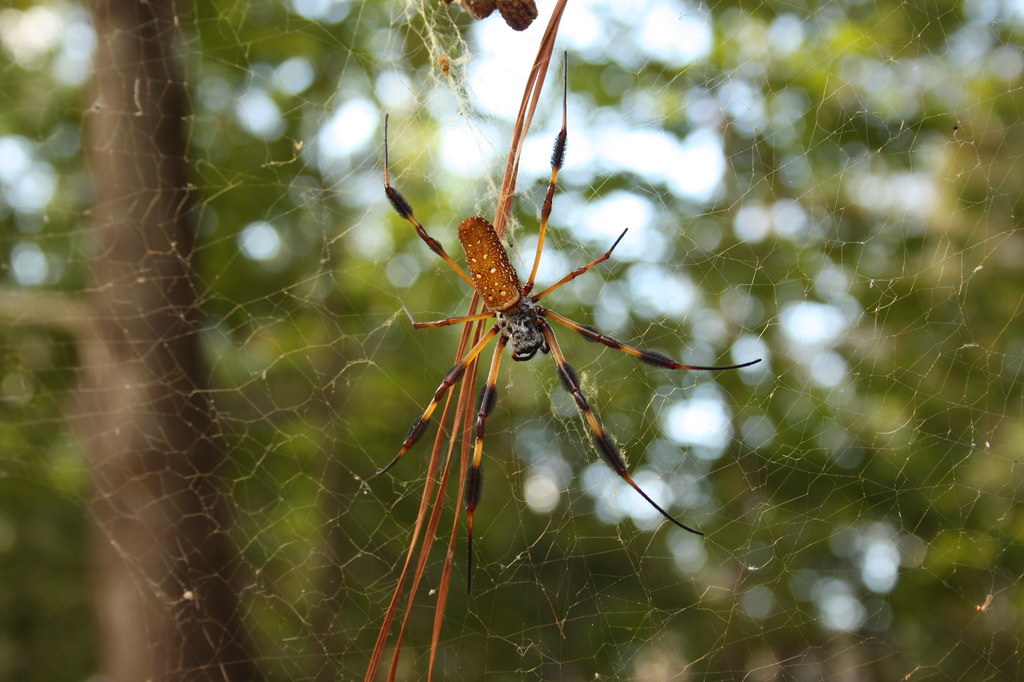Most people would rather face a charging bull than encounter a spider in their bathroom. The sight of eight legs scuttling across the floor sends even the bravest among us reaching for the nearest shoe or calling for backup. But what if I told you that many of the spiders we fear most are actually gentle giants, misunderstood creatures that pose little to no threat to humans? These fascinating arachnids have been victims of horror movies, urban legends, and our own primal fears for far too long. It’s time to set the record straight and discover why these particular spiders deserve our respect rather than our terror.
The Gentle Giant Wolf Spider
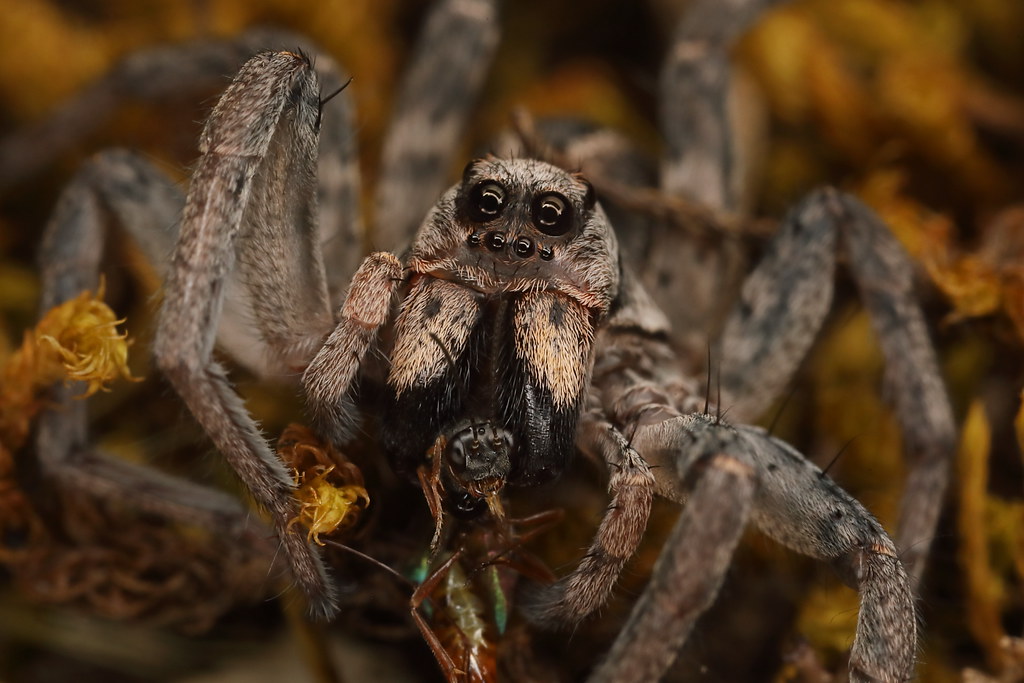
Wolf spiders might look like furry nightmares with their robust bodies and prominent eyes, but they’re actually one of nature’s most devoted mothers. These spiders don’t spin webs to catch prey; instead, they hunt actively, which explains their muscular build and impressive speed. What makes them truly remarkable is their maternal behavior – female wolf spiders carry their egg sacs attached to their spinnerets, and once the babies hatch, they climb onto their mother’s back for protection.
Despite their intimidating appearance, wolf spiders are incredibly reluctant to bite humans. Their venom is designed for small insects and poses minimal threat to people, typically causing nothing more than mild irritation similar to a bee sting. These spiders prefer to flee rather than fight, and they’ll only bite if directly handled or cornered with no escape route.
Why Wolf Spiders Get a Bad Reputation
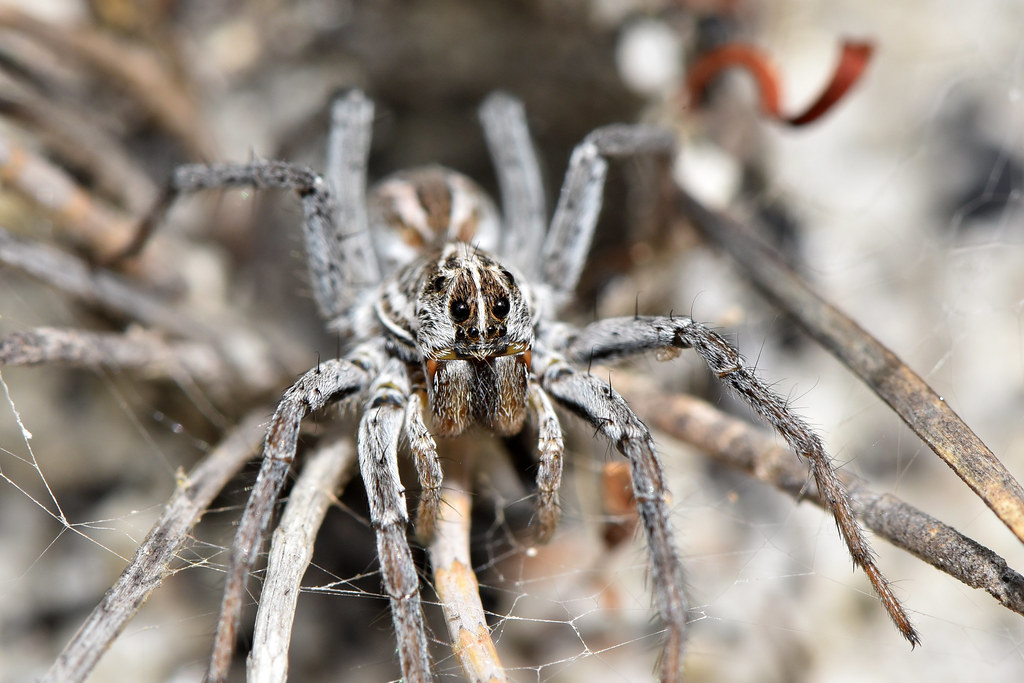
The wolf spider’s fearsome reputation stems largely from their size and the fact that they’re often spotted running across floors at night. Their excellent eyesight and quick movements make them seem more aggressive than they actually are. Many people mistake their hunting behavior for territorial aggression, but wolf spiders are simply trying to catch their next meal of flies, mosquitoes, or other household pests.
Their tendency to hide in dark corners, basements, and garages doesn’t help their public image either. When disturbed, they might rear up on their hind legs in a defensive posture, which looks threatening but is actually just their way of saying “please leave me alone.” Understanding this behavior can help us appreciate these remarkable arachnids rather than fear them.
The Misunderstood Huntsman Spider
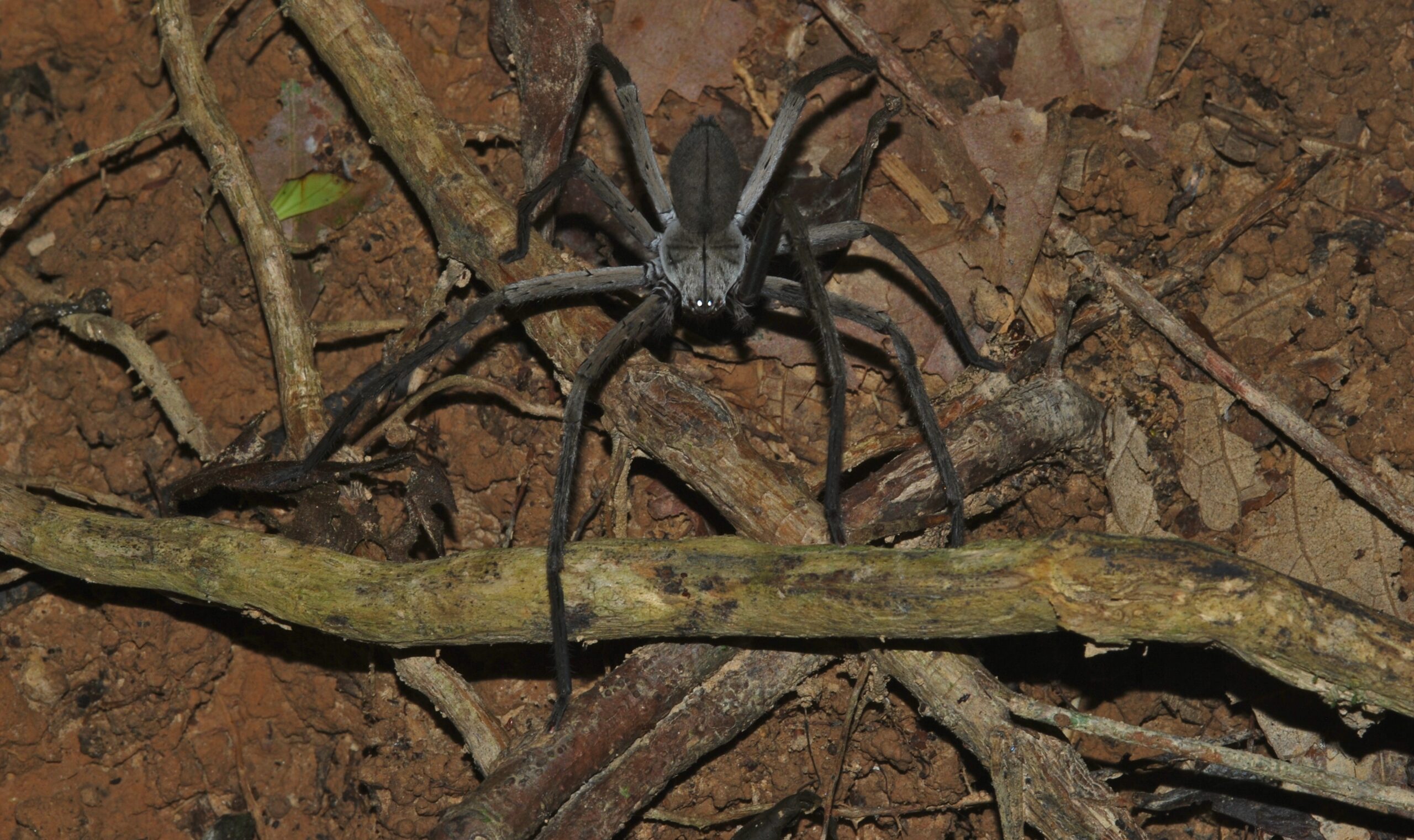
Huntsman spiders are the gentle giants of the spider world, with leg spans that can reach up to a foot in diameter. These impressive arachnids are often called “giant crab spiders” due to their sideways movement and flattened bodies. Despite their size, huntsman spiders are incredibly docile and prefer to avoid human contact entirely.
What makes huntsman spiders particularly fascinating is their speed and agility. They can move with lightning-fast reflexes when needed, but they use this ability primarily for hunting cockroaches, moths, and other household pests. Their venom is specifically designed for their prey and poses virtually no danger to humans – most people won’t even feel the bite if it occurs.
Huntsman Spiders as Natural Pest Controllers
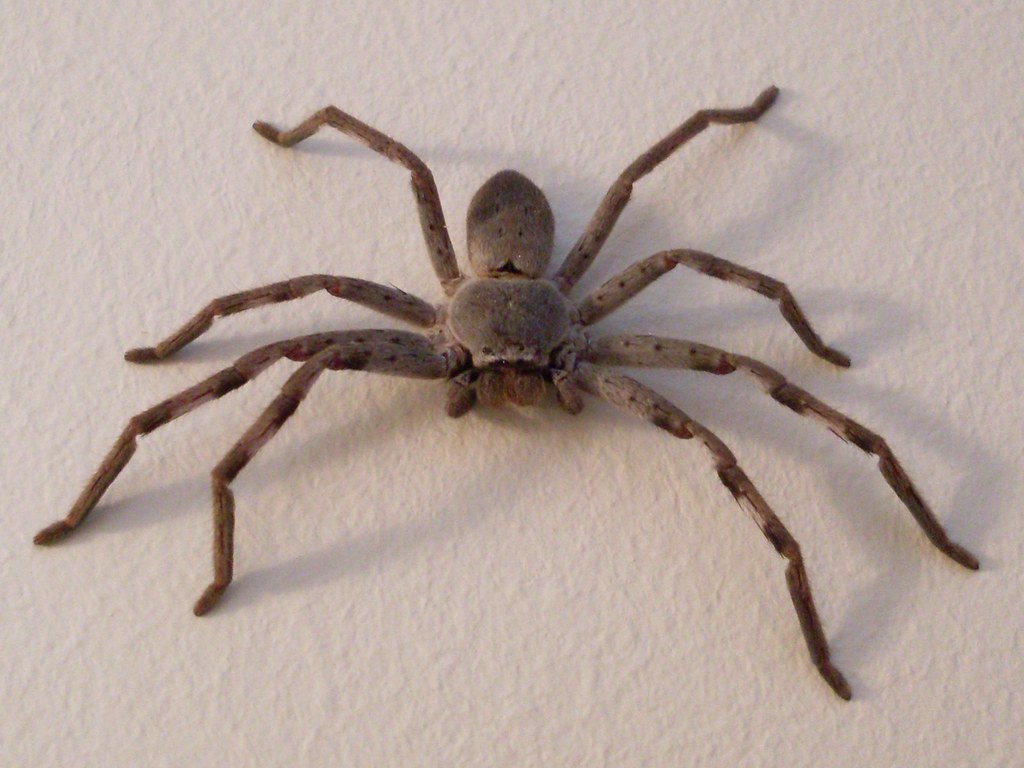
These remarkable spiders are actually beneficial household guests, though most people don’t see them that way. A single huntsman spider can consume dozens of insects in a single night, making them incredibly effective at controlling pest populations. They’re particularly fond of cockroaches, which makes them valuable allies in maintaining a clean home environment.
Huntsman spiders are also surprisingly social creatures for arachnids. Some species have been observed living in family groups, with mothers caring for their young for extended periods. This social behavior is rare among spiders and demonstrates the complex emotional lives these creatures possess.
The Orb Weaver’s Artistic Mastery
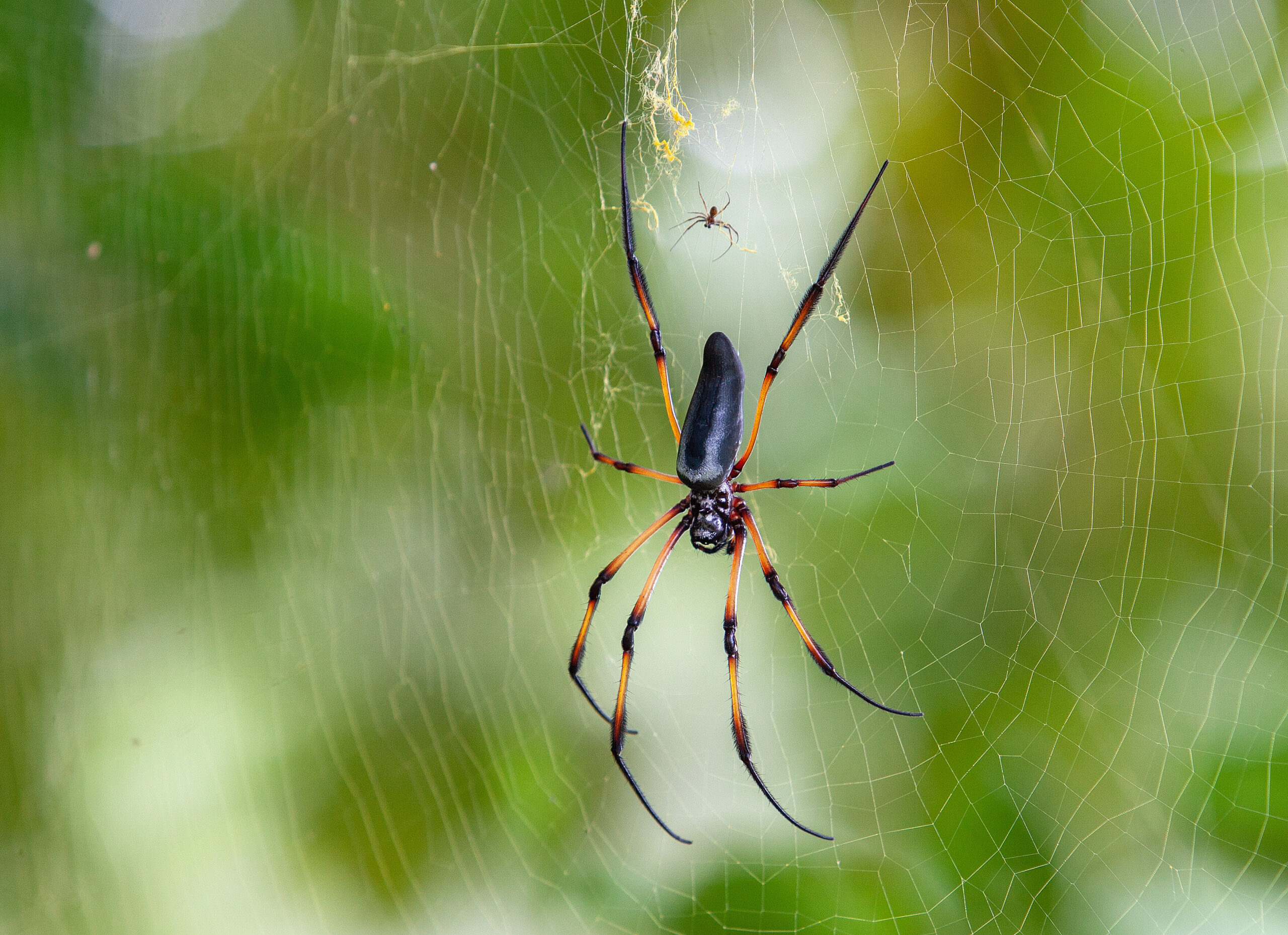
Orb weaver spiders are nature’s master architects, creating intricate geometric webs that are both beautiful and functional. These spiders spend their entire lives perfecting their craft, often rebuilding their webs daily to ensure maximum efficiency. The precision and mathematical perfection of their webs have inspired human engineers and artists for centuries.
Many orb weavers are colorful and striking, with patterns that rival any abstract painting. The golden orb weaver, for example, creates webs with a distinctive golden hue that shimmers in sunlight. These spiders are completely harmless to humans and prefer to stay in their webs rather than venture into human living spaces.
The Science Behind Orb Weaver Webs
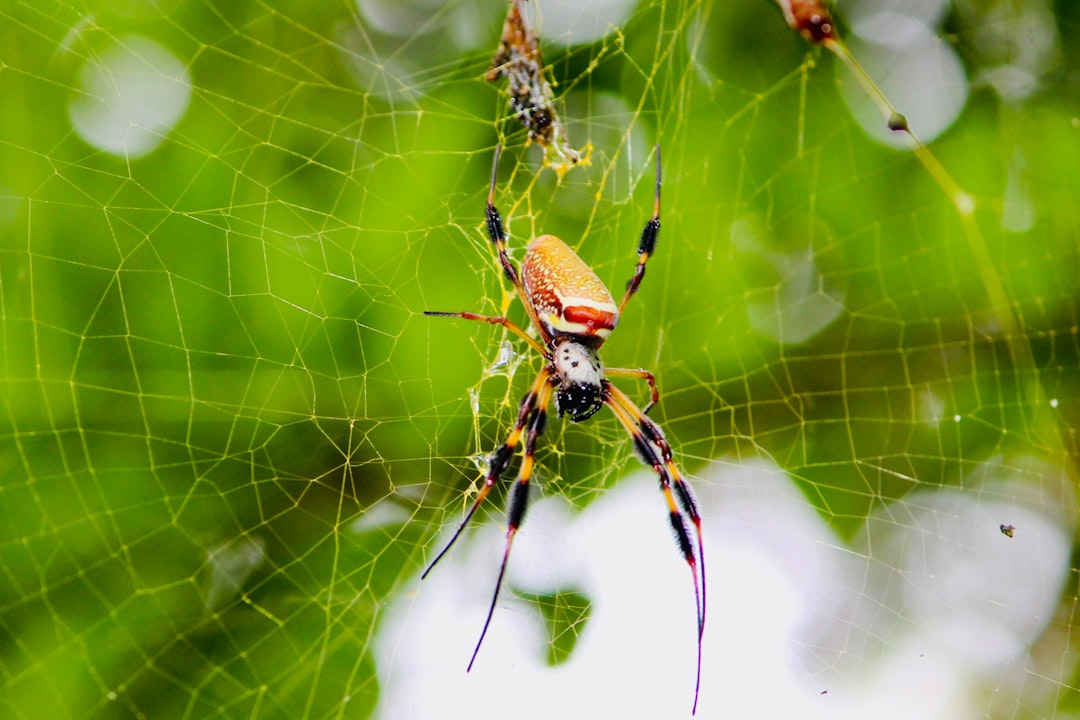
The silk produced by orb weavers is stronger than steel by weight and more elastic than rubber. Scientists have studied these properties extensively, hoping to replicate the material for various applications. The geometric patterns aren’t just aesthetically pleasing – they’re engineered to distribute stress evenly and maximize the web’s ability to capture flying insects.
Each web represents hours of meticulous work, with the spider following a complex sequence of movements that’s largely instinctual. The spiral pattern allows the spider to navigate quickly to any captured prey while avoiding getting stuck in its own creation. This remarkable engineering feat happens in complete darkness, relying solely on the spider’s sense of touch and spatial awareness.
The Cellar Spider’s Delicate Nature
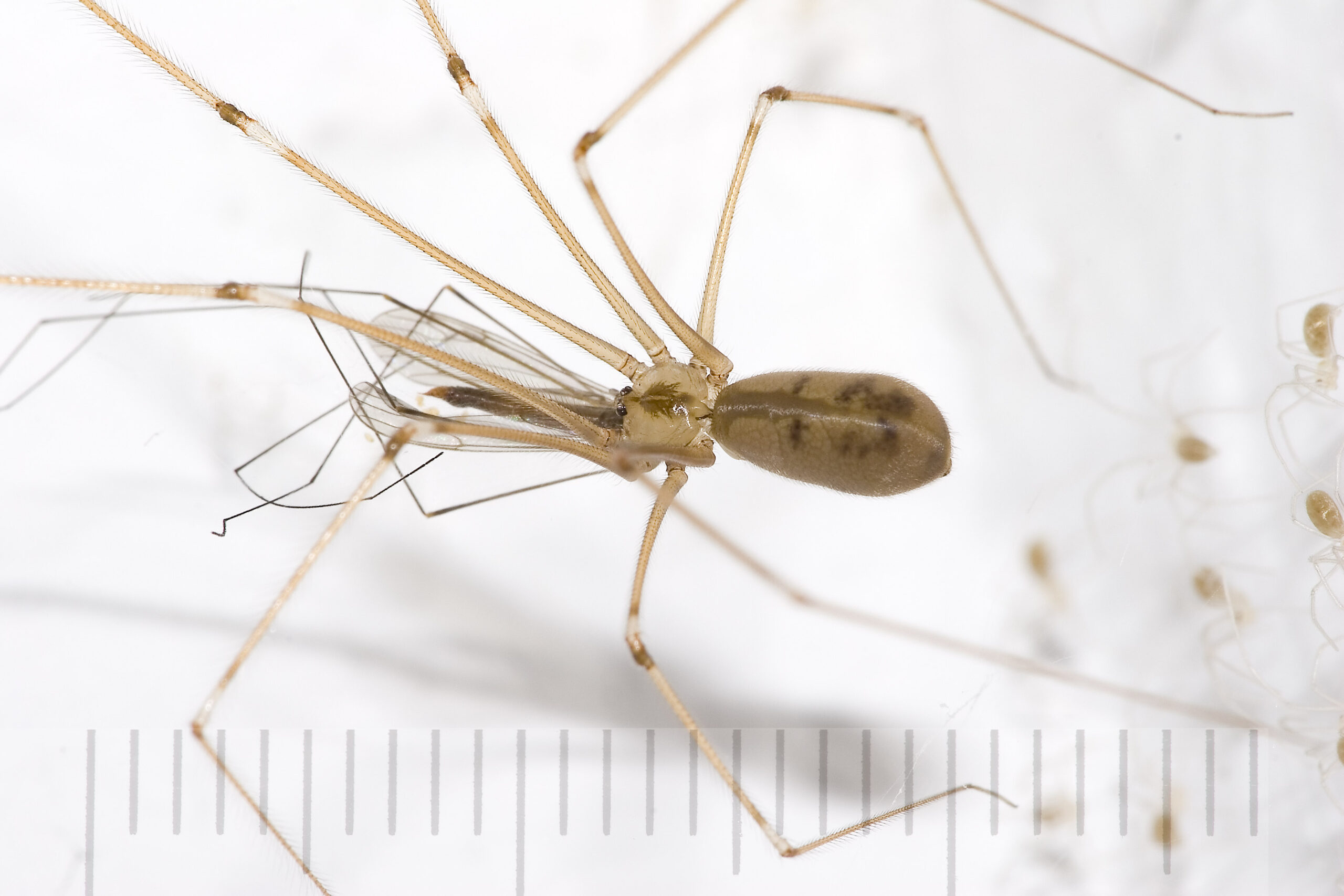
Cellar spiders, also known as daddy long-legs spiders, are perhaps the most misunderstood arachnids of all. These delicate creatures with their impossibly long, thin legs are often found in basements, closets, and corners of rooms. Urban legends have long claimed that cellar spiders are among the most venomous spiders in the world but lack fangs strong enough to bite humans – this is completely false.
The truth is that cellar spiders have very weak venom that’s designed for tiny insects like gnats and flies. Their fangs are perfectly capable of penetrating human skin, but their bite is so mild that most people wouldn’t even notice it. These spiders are incredibly passive and will only bite if directly handled, which rarely happens due to their reclusive nature.
Cellar Spider Behavior and Benefits
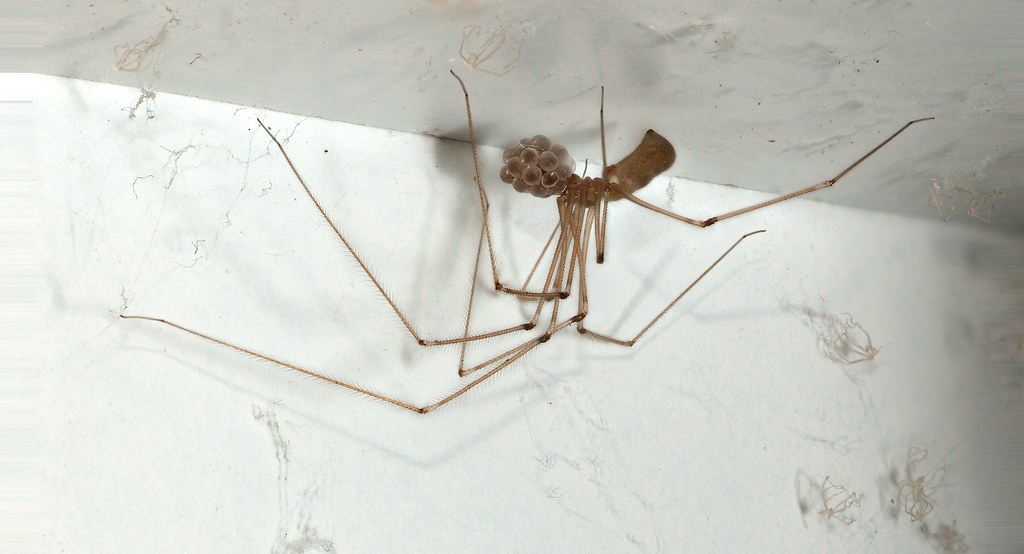
Cellar spiders are excellent housekeepers, often found cleaning up other spider webs and dead insects. They’re particularly effective at controlling mosquito populations and other small flying pests that can be problematic in homes. Their presence often indicates a healthy ecosystem balance in your living space.
These spiders have an unusual defense mechanism – when threatened, they vibrate rapidly in their webs, creating a blurred appearance that confuses predators. This behavior has earned them the nickname “vibrating spiders” in some regions. They’re also known for their longevity, with some individuals living up to two years in ideal conditions.
The Jumping Spider’s Intelligence

Jumping spiders are the puppies of the spider world, with their large forward-facing eyes and curious personalities. These small arachnids are incredibly intelligent, capable of problem-solving and even showing what appears to be curiosity about their environment. Their excellent vision allows them to spot potential prey or threats from considerable distances.
What makes jumping spiders particularly endearing is their behavior around humans. They often seem to watch people with interest, turning their heads to follow movement. This apparent curiosity, combined with their compact size and fuzzy appearance, makes them less intimidating than many other spider species.
Jumping Spider Hunting Techniques
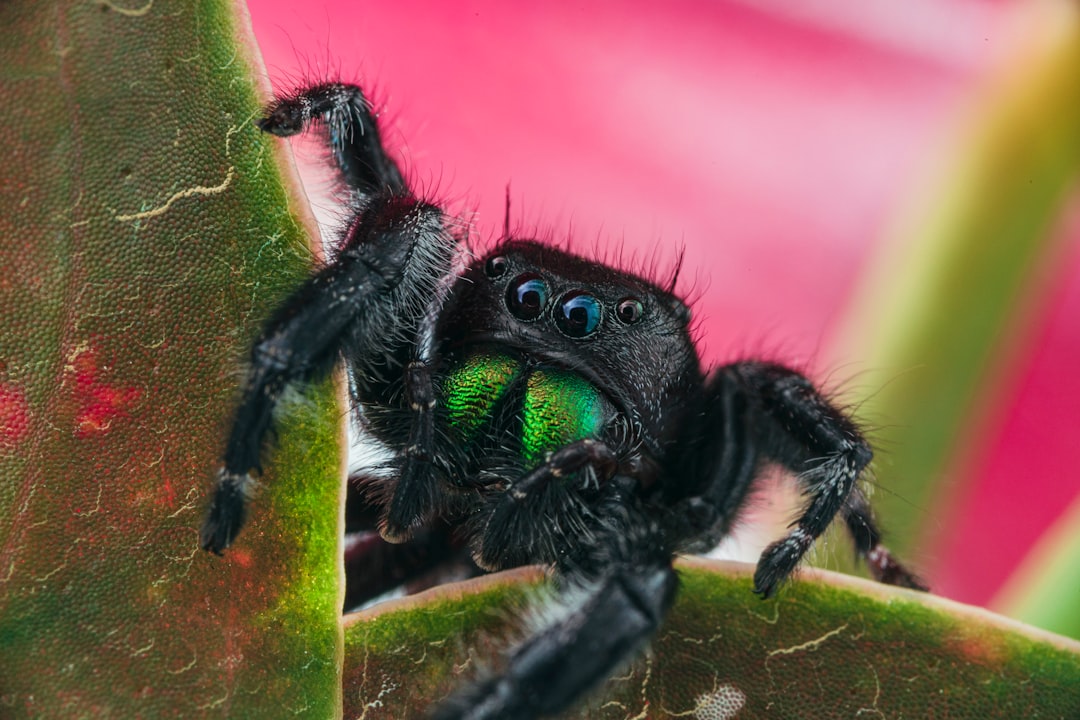
Unlike web-building spiders, jumping spiders are active hunters that rely on stealth and precision. They approach their prey slowly, then leap with incredible accuracy to capture their meal. This hunting style requires exceptional spatial awareness and timing, skills that these tiny spiders have mastered through millions of years of evolution.
Their jumping ability is truly remarkable – they can leap distances up to 25 times their body length. This would be equivalent to a human jumping the length of a football field. They achieve this through a combination of muscular power and hydraulic pressure, using their internal fluid systems to extend their legs rapidly.
The Peaceful Garden Spider
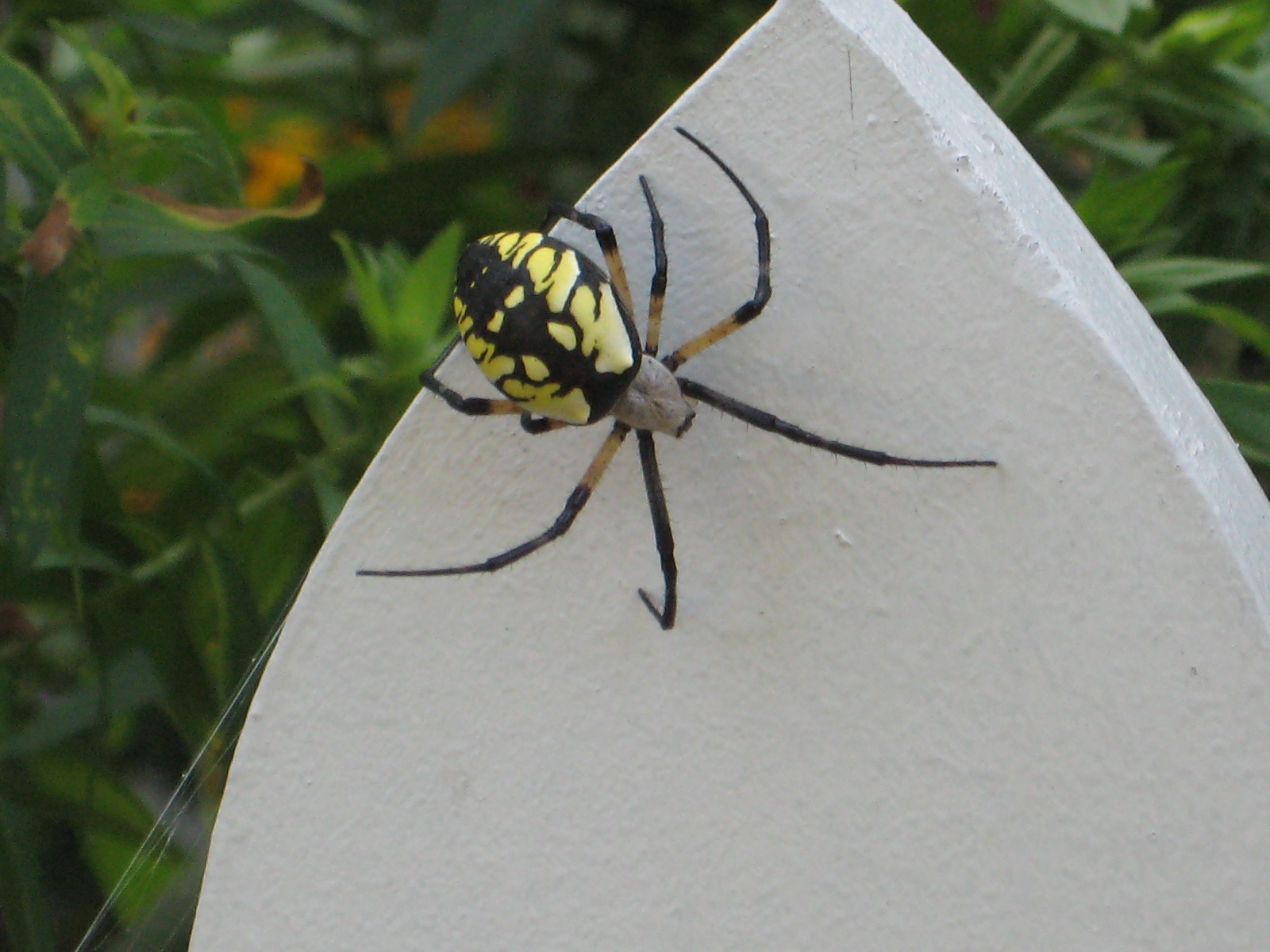
Garden spiders are among the most beneficial arachnids you can have in your outdoor space. These colorful, often beautifully patterned spiders create large, impressive webs that capture countless flying insects throughout the growing season. Their presence indicates a healthy garden ecosystem and provides natural pest control without the need for harmful chemicals.
Most garden spiders are completely harmless to humans and pets. They’re focused entirely on their insect prey and show little interest in anything too large to fit in their webs. These spiders are particularly effective at controlling flies, mosquitoes, and agricultural pests that can damage crops and gardens.
Garden Spider Seasonal Behavior
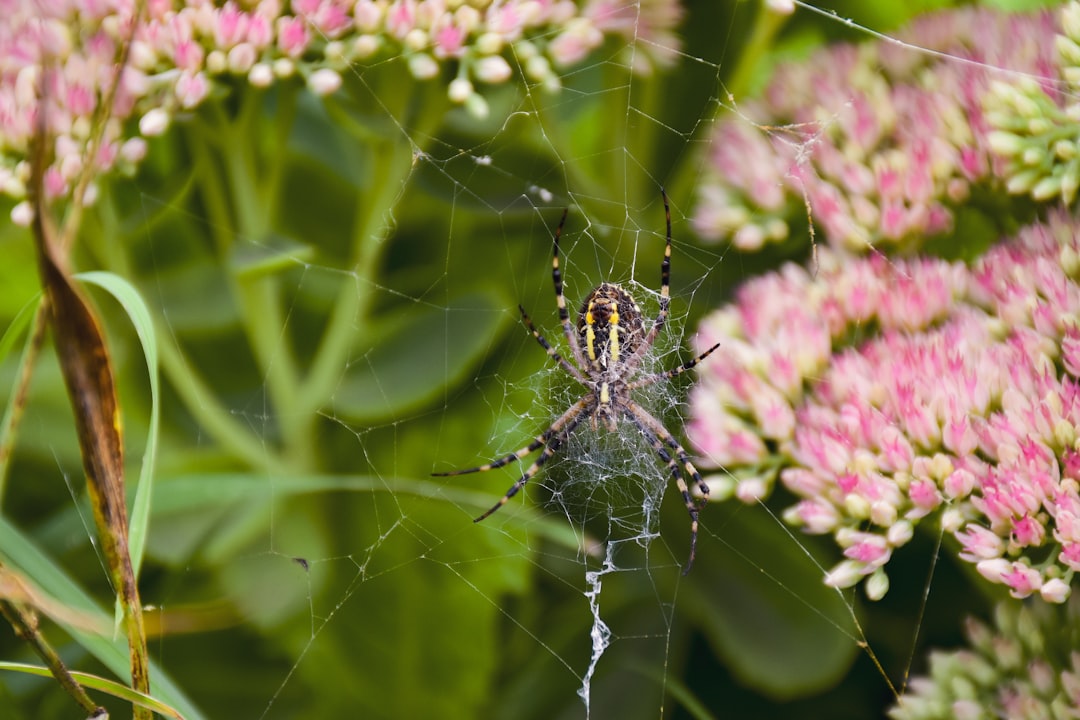
Garden spiders follow fascinating seasonal patterns that reflect their deep connection to natural cycles. Most species complete their life cycle in a single year, with females laying eggs in the fall before dying with the first frost. The eggs survive winter in protective sacs, hatching in spring to begin the cycle anew.
During peak season, a single garden spider can consume hundreds of insects per week. This makes them incredibly valuable for organic gardening and sustainable agriculture. Their webs also serve as early warning systems for gardeners, as increased web activity often indicates higher insect populations that might otherwise go unnoticed.
Common Myths About Spider Danger
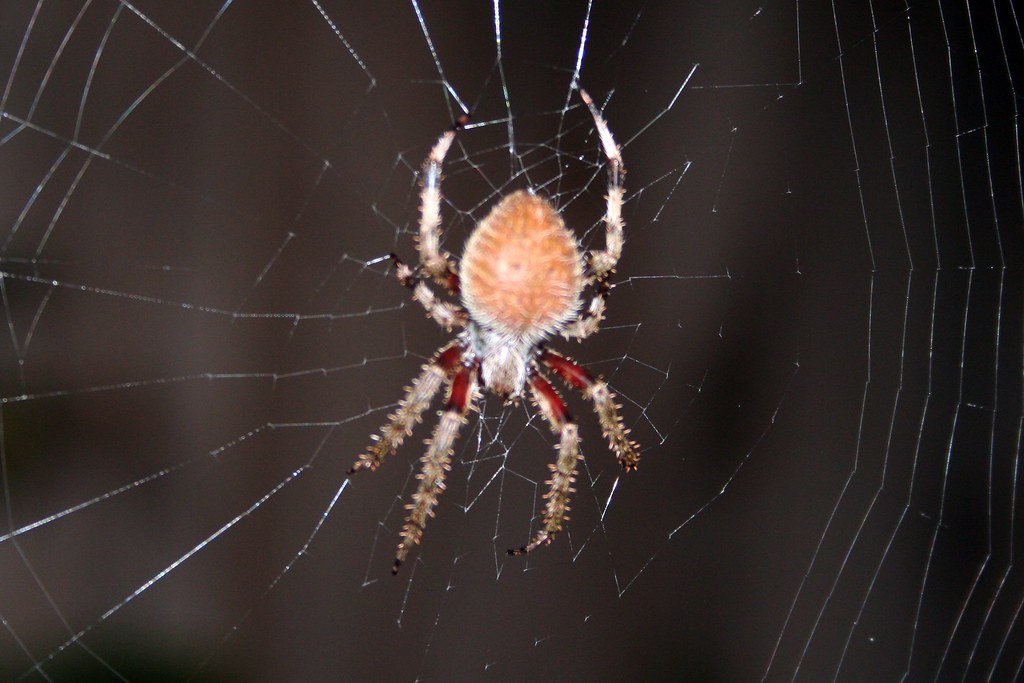
Many of our fears about spiders are based on misconceptions and exaggerated stories rather than scientific facts. The idea that we swallow spiders in our sleep is completely false – spiders have no interest in entering our mouths and would actively avoid such encounters. Similarly, the belief that all spider bites are dangerous is simply not supported by medical evidence.
The vast majority of spider species cannot even penetrate human skin with their fangs. Of those that can bite, most produce only mild irritation similar to a mosquito bite. Serious medical complications from spider bites are extremely rare and usually involve only a handful of species found in specific geographic regions.
The Reality of Spider Bites

Medical professionals report that most suspected spider bites are actually caused by other insects, skin conditions, or bacterial infections. True spider bites are often misidentified because people assume any unexplained skin irritation must be from a spider. This misidentification perpetuates fear and misunderstanding about these beneficial creatures.
When spiders do bite humans, it’s almost always in self-defense when they’re accidentally trapped against skin by clothing or bedding. Even then, most species prefer to flee rather than bite. Understanding this defensive behavior can help us coexist more peacefully with these remarkable arachnids.
Spider Conservation and Ecological Importance
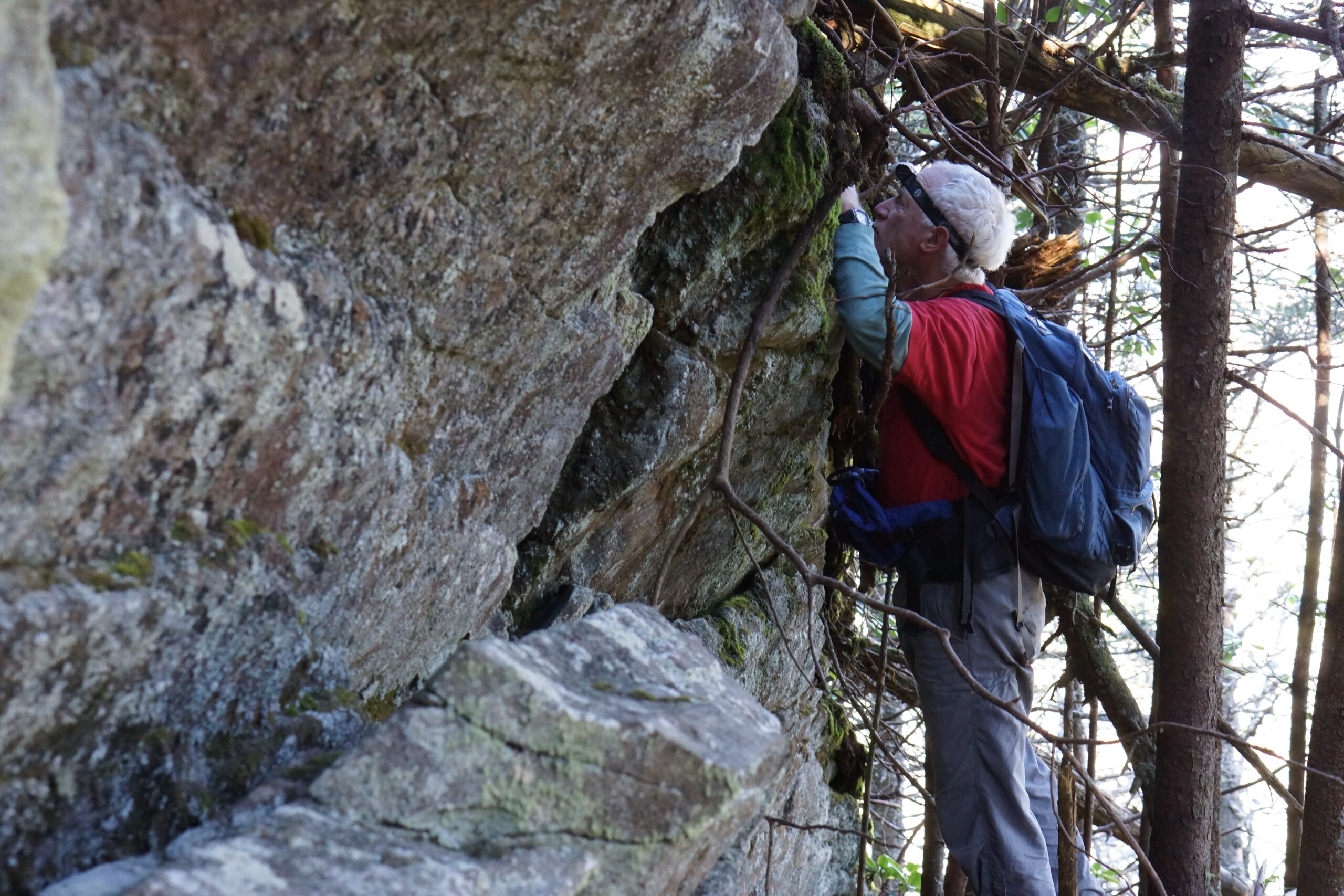
Spiders play crucial roles in maintaining ecological balance, consuming billions of insects annually and helping control pest populations naturally. Without spiders, insect populations would explode, leading to increased disease transmission and agricultural damage. These arachnids are essential components of healthy ecosystems worldwide.
Many spider species are actually declining due to habitat loss and pesticide use. By learning to appreciate and protect these creatures, we’re also protecting the intricate web of life that supports our own existence. Simple actions like reducing pesticide use and preserving natural habitats can make significant differences in spider conservation.
Conclusion
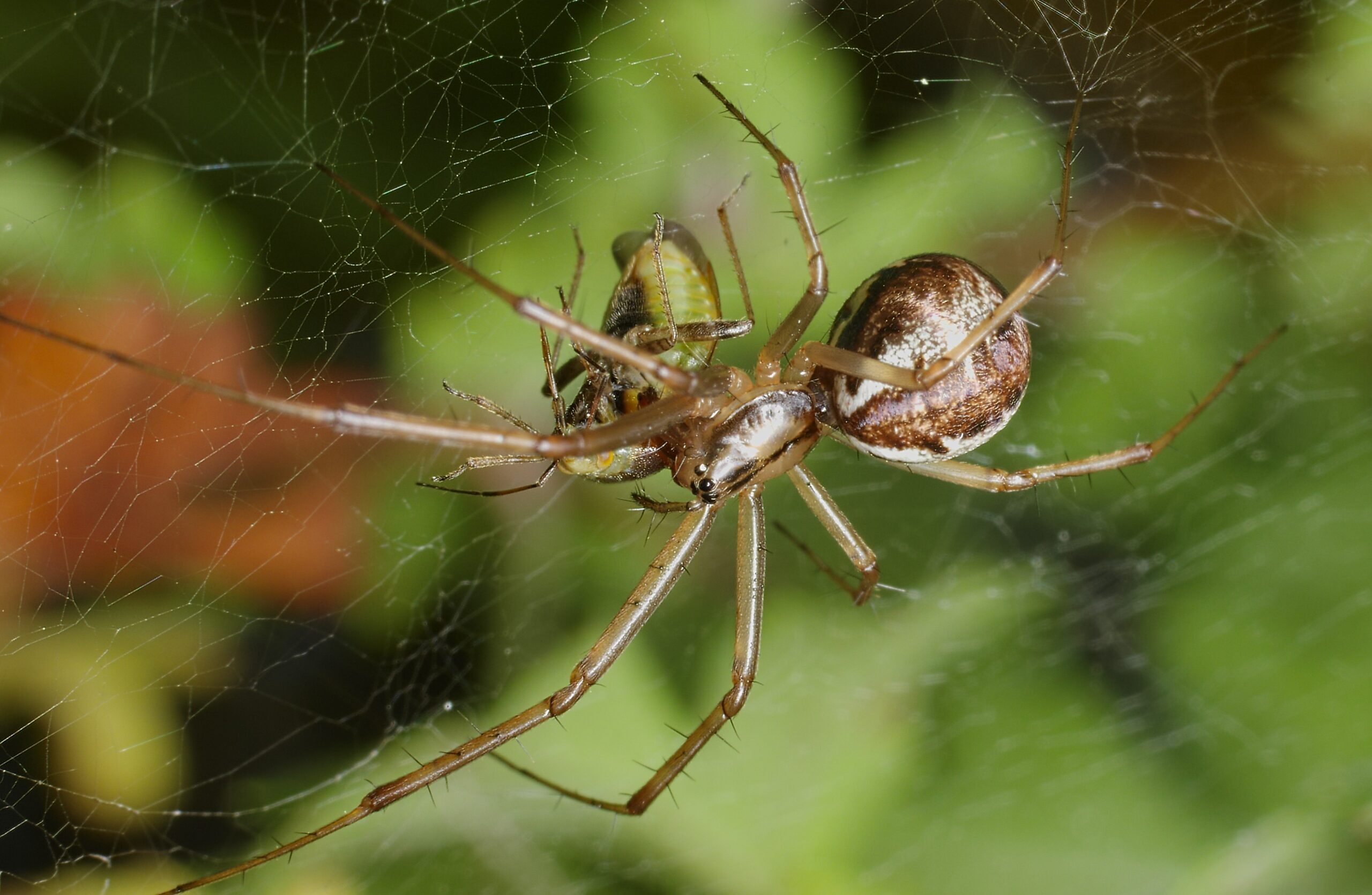
The next time you encounter one of these misunderstood arachnids, take a moment to appreciate their remarkable adaptations and beneficial roles in our world. These six spider types – wolf spiders, huntsman spiders, orb weavers, cellar spiders, jumping spiders, and garden spiders – represent just a fraction of the incredible diversity and gentle nature of most spider species. Rather than reaching for that shoe, consider the possibility that you’re looking at a sophisticated predator that’s working hard to keep your home free of actual pests.
Understanding these creatures doesn’t require us to love them, but it does ask us to respect their place in the natural world. Each spider represents millions of years of evolutionary refinement, resulting in creatures perfectly adapted to their ecological niches. By overcoming our instinctive fears and learning about these fascinating arachnids, we open ourselves to a deeper appreciation of the natural world’s complexity and beauty.
What assumptions about the natural world might you be willing to reconsider?

